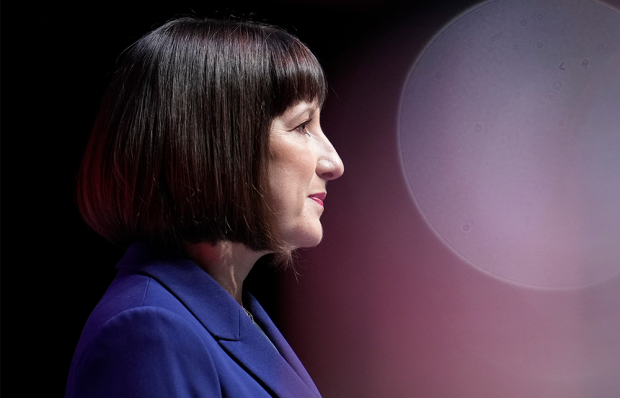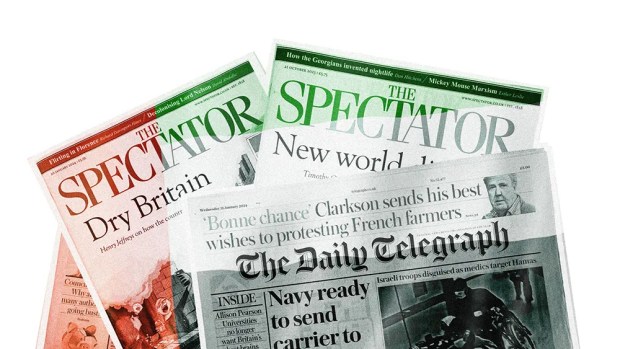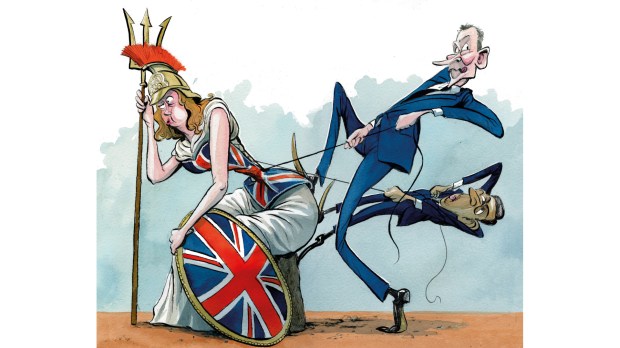For a body supposedly committed to eliminating inequality between the sexes, the Women and Equalities Select Committee don’t exactly lead from the front. Only three of the 11 members are men. To some, this will be a welcome corrective to the still male-dominated House of Commons. To others (such as Philip Davies, one of the three male members), it is a sign of how, in Westminster, the cause of equality is narrowly focused on the interests of white professional women. There is not a single ethnic minority representative on the committee.
This week, committee chair Maria Miller announced her ‘deep disappointment’ that the government has not adopted their proposals on closing the gender pay gap. They are not satisfied with new rules coming into force in April which will compel all companies with more than 250 employees to publish data comparing the remuneration of male and female employees. They wanted that duty extended to firms with 50 or more employees, as well as a right for anyone to work flexible hours unless an employer can prove a pressing reason not to allow this. They wanted employees to have a right to ‘care leave’ of up to six weeks and more shared parental leave.
The government has rejected these suggestions, but not because the Prime Minister has gone back on her promise to boost the interests of women in the workplace. While a government has to face all kinds of competing demands, the Women and Equalities Select Committee, by contrast, is increasingly coming to resemble a single-issue pressure group. It cannot see, for example, that there is an economic cost to regulations. Imposing yet more bureaucratic duties upon small businesses, however well these duties might be intentioned, detracts from their ability to create well-paid jobs.
For years, various forms of statistical chicanery have been used to exaggerate the gender pay gap. The point most often concealed is that it has been virtually eliminated for anyone born after 1975. This is cause for celebration: the idea that a woman should be paid less than a man for the same work is repugnant and indefensible. Happily, the vast majority of British employers agree. For older women there is still ground to be made up. But any sober assessment of the pay gap needs to take in its virtual absence among the under-40s.
Such sober assessments are in short supply: it’s far easier to use crude figures to generate headlines. PricewaterhouseCoopers this week published a report claiming that the UK has a gender pay gap of 17 per cent. This figure was created by ignoring the fact that men tend to work more hours than women. When, like the Office of National Statistics, you compare the hourly rates of pay, the average gap across all age groups is 9 per cent.
Even that doesn’t tell you the whole story. Among 22- to 29-year-olds, the gap is usually negative, with women earning more than men over much of the past decade. For women in their thirties, it is a negligible 1.5 per cent less. The problem that remains is for women in their forties (13 per cent) and fifties (16 per cent). Factor in career breaks for child-raising and the problem persists. So yes, there is still work to be done.
But among the younger generation a new issue is emerging. For those not yet in the workplace, the grave equality problem comes in the form of a school attainment gap. There is no biological reason why boys and girls should not do just as well at school, fare just as well in exams and stand the same chance of thriving at university. But today, gender inequality in school is far worse than in the 1960s — except this time it’s the boys who are suffering. For three decades now, they have been less likely than girls to get decent GCSE results. They are now 27 per cent less likely to apply to university and 30 per cent more likely to drop out if admitted. Men now make up barely a third of law graduates, and two in five medicine graduates.
A select committee that champions equality ought to be concerned about this growing disparity in educational attainment. What is it about our schools which is failing to engage boys, and how can it be corrected? To her credit, one who has paid attention to the underachievement of boys in education is Mary Curnock Cook, retiring chief executive of UCAS. She points to schools where the only male staff member is the janitor, and asks about the lack of male role models at a time when 15-year-olds are more likely to have a smartphone in their pocket than a father in their home. As she recently pointed out, if the university gender imbalance were reversed there would be no end of inquiries and initiatives to address the problem.
Harriet Harman’s memoir, reviewed here, recalls an era when the feminist agenda was synonymous with the struggle for equality. But slowly, these two notions are coming apart. The pay of the over-40s is a cause for concern, but the educational attainment gap of under-20s is another. Anyone genuinely concerned about equality in Britain should be worried about both.
Got something to add? Join the discussion and comment below.
Get 10 issues for just $10
Subscribe to The Spectator Australia today for the next 10 magazine issues, plus full online access, for just $10.














Comments
Don't miss out
Join the conversation with other Spectator Australia readers. Subscribe to leave a comment.
SUBSCRIBEAlready a subscriber? Log in